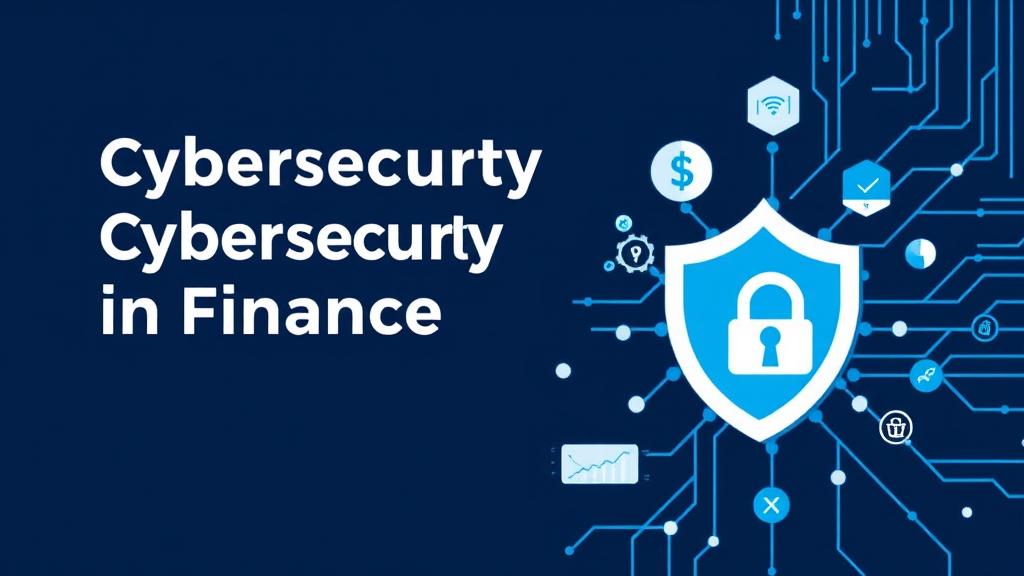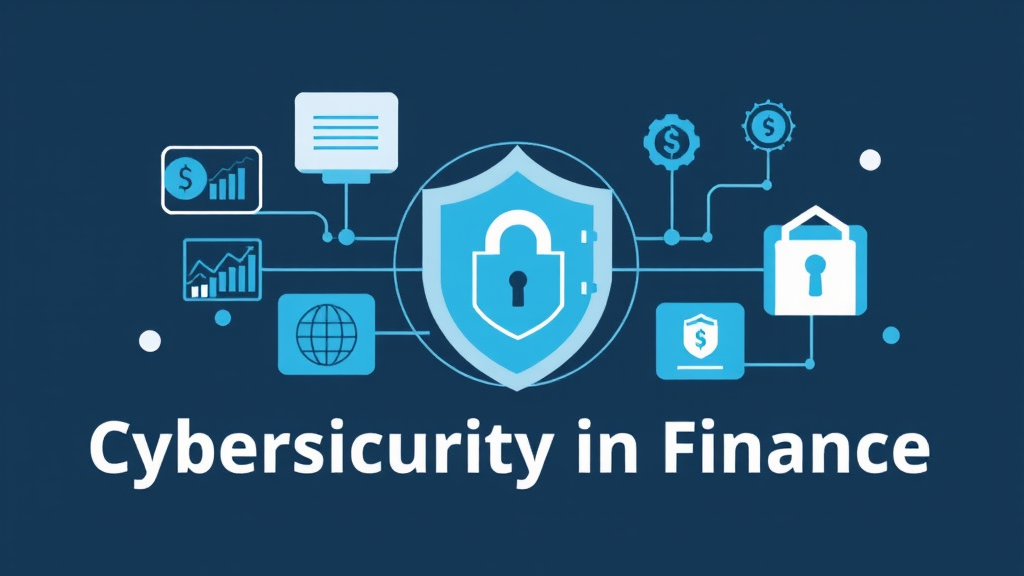Sustainable Investing: Balancing Profits and Environmental Impact
Definition and Importance
Sustainable investing refers to the integration of environmental, social, and governance (ESG) factors into investment decisions. This approach aims to generate long-term financial returns while promoting positive societal impact. Investors increasingly recognize that sustainability can enhance risk management and drive value creation. It is essential to understand that sustainable investing is not merely a trend; it reflects a fundamental dislodge in how capital is allocated.
The importance of sustainable investing lies in its potential to address pressing global challenges. For instance, climate change poses significant risks to economies and financial markets. By directing funds toward sustainable projects, investors can mitigate these risks. This strategy not only supports environmental stewardship but also aligns with the growing demand for responsible investment options. Many investors seek to make a difference.
Moreover, sustainable investing can lead to superior financial performance. Research indicates that companies with strong ESG practices often outperform their peers. This correlation suggests that sustainability is not just ethical; it is also economically advantageous. Investors should consider this when evaluating potential investments.
In summary, sustainable invesfing represents a convergence of profit and purpose . It empowers investors to contribute to a more sustainable future while achieving their financial goals. This dual focus is increasingly relevant in today’s investment landscape.
Historical Context and Evolution
Sustainable investing has evolved significantly over the past few decades. Initially, it emerged from socially responsible investing (SRI) in the 1960s and 1970s. Investors began to exclude companies involved in activities like tobacco and weapons manufacturing. This exclusionary approach laid the groundwork for a broader understanding of investment impacts. Many investors were motivated by ethics.
In the 1980s and 1990s, the focus shifted toward integrating ESG factors into investment analysis. This transition marked a pivotal moment, as investors recognized that sustainability could enhance financial performance. Research began to show up that companies with strong ESG practices often experienced lower volatility. This insight was groundbreaking.
The 2000s saw the rise of various frameworks and standards, such as the Global Reporting Initiative (GRI) and the United Nations Principles for Responsible Investment (UN PRI). These initiatives provided investors with tools to assess sustainability metrics. Consequently, institutional investors increasingly adopted sustainable strategies. They sought to align their portfolios with long-term value creation.
Today, sustainable investing encompasses a wide range of strategies, including impact investing and green bonds. Investors are now more aware of the interconnectedness of financial markets and global challenges. This awareness drives a growing demand for transparency and accountability. Investors want to make informed choices.
The Role of Cryptocurrency in Sustainable Investing
Green Cryptocurrencies and Their Impact
Green cryptocurrencies have emerged as a significant component of sustainable investing. These digital assets prioritize environmental sustainability by utilizing energy-efficient consensus mechanisms, such as proof-of-stake. This approach contrasts sharply with traditional proof-of-work systems, which are often criticized for their high energy consumption. Many investors are concerned about energy use.
Projects like Cardano and Algorand exemplify this shift toward greener alternatives. They demonstrate that blockchain technology can be both innovative and environmentally responsible. By reducing carbon footprints, these cryptocurrencies appeal to socially conscious investors. This trend is gaining traction.
Moreover, green cryptocurrencies often support initiatives that promote renewable energy and carbon offsetting. For instance, some projects allocate a portion of transaction fees ti environmental causes . This strategy not only enhances their appeal but also aligns with the broader goals of sustainable investing. Investors appreciate this alignment.
As the demand for sustainable investment options grows, green cryptocurrencies are likely to play a pivotal role. They offer a unique opportunity to combine financial returns with positive environmental impact. Investors should consider these options carefully.
Challenges and Opportunities in the Crypto Space
The cryptocurrency space presents both challenges and opportunities for sustainable investing. One significant challenge is the environmental impact associated with energy-intensive mining processes. Many cryptocurrencies still rely on proof-of-work mechanisms, which consume vast amounts of electricity. This raises concerns among environmentally conscious investors. They seek greener alternatives.
Conversely, the rise of eco-friendly cryptocurrencies offers a promising opportunity. Projects utilizing proof-of-stake or other energy-efficient models are gaining traction. These alternatives not only reduce carbon footprints but also attract a new demographic of investors focused on sustainability. This shift is noteworthy.
Additionally, regulatory uncertainty poses challenges for the crypto market. Governments worldwide are still formulating policies regarding cryptocurrency operations. This ambiguity can hinder investment decisions and market stability. Investors must stay informed.
However, the increasing integration of ESG criteria into investment frameworks presents a unique opportunity. As institutional investors prioritize sustainability, cryptocurrencies that align with these values may experience increased demand. This alignment can drive innovation and growth in the sector. Investors should remain vigilant.
Strategies for Sustainable Investment in Cryptocurrency
Evaluating Projects with Environmental Considerations
Evaluating cryptocurrency projects with environmental considerations requires a systematic approach. First, investors should assess the consensus mechanism employed by the project. Energy-efficient models, such as proof-of-stake, are preferable. These models significantly reduce energy consumption. Many investors prioritize sustainability.
Next, it is crucial to examine the project’s commitment to environmental initiatives. This includes evaluating partnerships with renewable energy providers or involvement in carbon offset programs. Projects that allocate resources to environmental causes demonstrate a proactive stance. This commitment is essential.
Furthermore, transparency in reporting is vital for assessing a project’s environmental impact. Investors should look for projects that provide clear metrics on energy usage and sustainability efforts. Regular updates and third-party audits can enhance credibility. Transparency builds trust.
Additionally, understanding the project’s long-term vision is important. Sustainable projects should have a roadmap that outlines their environmental goals and milestones. This strategic planning indicates a serious commitment to sustainability. Investors should seek clarity on these objectives.
By employing these strategies, investors can make informed decisions that align with their sustainability goals. This approach fosters a more responsible investment landscape. Investors can drive positive change.
Integrating ESG Criteria in Crypto Investments
Integrating ESG criteria into cryptocurrency investments involves a comprehensive evaluation of environmental, social, and governance factors. First, investors should analyze the environmental impact of the cryptocurrency’s operations. This includes assessing energy consumption and the sustainability of its consensus mechanism.
Next, social factors should be considered, such as the project’s community engagement and its impact on local economies. Projects that prioritize inclusivity and social responsibility often attract a more dedicated user base. This focus can enhance long-term viability.
Governance is another critical aspect. Investors should evaluate the project’s leadership structure and decision-making processes. Transparent governance practices can mitigate risks associated with mismanagement. This transparency is indispensable for building trust.
Additionally, utilizing third-party ESG rating agencies can provide valuable insights. These agencies assess projects based on established criteria, offering an objective perspective. Investors can leverage these ratings to make informed decisions.
By systematically applying ESG criteria, investors can align their portfolios with sustainable practices. This alignment not only supports ethical investing but also enhances potential financial returns. Investors should remain proactive in this evolving landscape.
The Future of Sustainable Investing in the Crypto Market
Trends and Innovations to Watch
The future of sustainable investing in the crypto market is shaped by several emerging trends and innovations. One significant trend is the increasing adoption of decentralized finance (DeFi) platforms that prioritize sustainability. These platforms often utilize energy-efficient protocols, which appeal to environmentally conscious investors. Many investors seek greener options.
Another noteworthy innovation is the development of carbon-neutral cryptocurrencies. Projects are now implementing mechanisms to offset their carbon footprints, thereby enhancing their appeal to socially responsible investors. This approach is gaining traction.
Additionally, the integration of blockchain technology with renewable energy sources is becoming more prevalent. For instance, some projects facilitate peer-to-peer energy trading, allowing users to buy and sell excess energy directly. This innovation promotes sustainability while creating new market opportunities. It is an exciting development.
Furthermore, regulatory frameworks are evolving to support sustainable practices within the crypto space. Governments are increasingly recognizing the importance of ESG criteria in investment decisions. This shift can lead to greater transparency and accountability in the market. Investors should stay informed about these changes.
Regulatory Landscape and Its Implications
The regulatory landscape surrounding cryptocurrency is rapidly evolving, significantly impacting sustainable investing. Governments worldwide are beginning to establish frameworks that address environmental concerns associated with crypto operations. This shift is crucial for fostering responsible investment practices. Many investors are watching closely.
One key implication of these regulations is the increased demand for transparency. Projects that provide clear information about their environmental impact will likely gain favor among regulators and investors alike.
Additionally, regulatory bodies are starting to incorporate ESG criteria into their assessments of cryptocurrency projects. This integration encourages companies to adopt sustainable practices. Investors should prioritize projects that align with these criteria. It is a smart strategy.
Moreover, compliance with emerging regulations may lead to higher operational costs for some projects. This could impact profitability, particularly for those that do not prioritize sustainability. Investors need to consider these factors carefully.
As the regulatory environment continues to develop, it will shape the future of sustainable investing in the crypto market. Staying informed about these changes is essential for making sound investment decisions. Investors should remain proactive.







